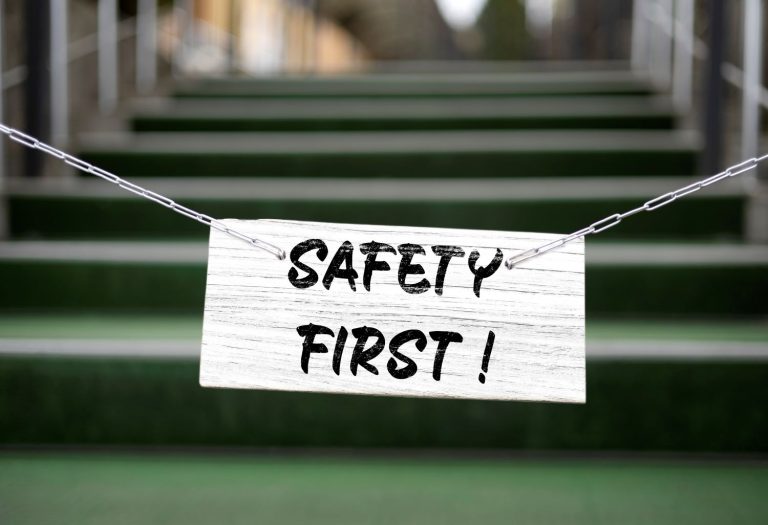Potential catastrophic occupational and process safety incidents are among today’s leading concerns as they have long-lasting effects on all those involved and ripple across organizations when they occur.
Unfortunately, conventional safety methods cannot offer accurate insights into potential catastrophic incidents since they frequently concentrate on actual results rather than potential consequences. Risk based thinking however helps us to evaluate risks based on the actual and the potential consequence.
A thorough risk-based decision-making process can be supported by extensively implementing the following five steps.
1. Create risk-based targeted activity plans.
Make a “risk register” to track and evaluate the risks and exposures in your company. This data is already there in your facilities and can be gathered and combined. It consists of audit reports, incident reports and investigations, job safety studies, process hazard evaluations, and insurance company inspection reports. Review the information with different stakeholders after it has been gathered to ensure its accuracy and gain support.
2. Foresee potential weak points and implement appropriate safety measures.
Determine the essential safety measures you have put in place to manage the risks you identified in Step 1. These defenses will consist of both administrative and engineering controls. Apart from offering a chance to evaluate the efficacy of the controls, this analysis will pinpoint crucial controls that need to be supervised and subject to regular inspections and audits. Additionally, you’ll be able to pinpoint particular risks that have inadequate defenses and call for more attention and development.
3. Recognize little deviations early on and take appropriate action.
Enhancing early warning signal recognition and responsiveness is the goal of high-reliability safety. Early warning signs of inadequate or inappropriate hazard control need to be noted, examined, addressed, and fixed. Establishing a culture of risk awareness from the C-suite to the front line requires doing this. Upon closer examination of the majority of significant incidents, we find that dozens, if not hundreds, of early warning signals preceded the major event. If any of these had been addressed and fixed, there would have been a considerable reduction in the intensity (or incidence) of the event (or averted). It is imperative that we establish a culture that consistently recognizes and seizes these chances.
4. Improve operational discipline by relying on human performance.
Human performance is the foundation of all of our risk control systems, both administrative and engineering, and it presents a danger of human error. We must integrate contemporary theories of human performance reliability into our safety programs as we work to guarantee the right actions are taken the first time. Essentially, even our highest-achieving workers are impacted by a variety of risk factors, which we need to identify and manage.
5. Create in-process measurements that assess performance through efficient governance.
To guarantee the efficacy of your risk-based safety management strategy, governance is crucial. While typical lagging indicators will decrease over time and sustainably as a result of good risk management strategies, it’s crucial to find new in-process metrics that monitor the underlying risk performance of the company.
The good news is that most organizations have already gathered data for the first two steps. The next three steps will assist you in creating a successful risk management strategy.
Your organization may effectively manage its most significant risks by going beyond compliance by putting into practice a risk-based decision-making methodology.



